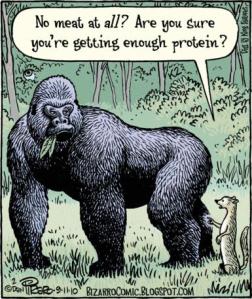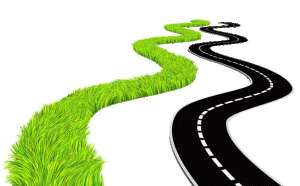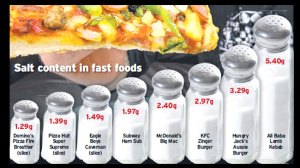Arizona Center for Integrative Medicine – Dr. Andrew Weil
Seattle Washington
I had the good fortune to attend the opening sessions of the Nutrition and Health Conference in Seattle today. Dr. Andrew Weil launched this nutrition education conference for medical doctors ten years ago when just 21 hours of medical education in nutrition was recommended for doctors. In 2004 only 44% of medical schools met that minimum recommendation.
At the conference today 50% of the registered attendees were doctors. The need for this education is acute, and they are aware of it. At least some of them.
What is Integrative Medicine?
Integrative medicine is healing-oriented medicine that takes account of the whole person (body, mind, and spirit), including all aspects of lifestyle. It emphasizes the therapeutic relationship and makes use of all appropriate therapies, both conventional and alternative. Read more from Dr. Weil.
This evolving approach is desperately needed to deal with the heavy burden of the poor state of health in the US.
“Positive health requires a knowledge of man’s primary constitution and of the powers of various foods, both those natural to them and those resulting from human skill. But eating is not enough for health. There must be also exercise, of which the effects must likewise be known. … If there is any deficiency in food or exercise the body will fall sick.” Hippocrates, 480 BC
The Optimal Diet
Cut to the chase. How do we eat to optimize health and still enjoy eating while avoiding disease?
Dietary extremism is rampant but not the answer, according to Dr. Weil. Low fat, no animal (Vegan), all animal (Paleo) and Raw Food are some examples. This polarization of eating patterns looks at food from only a nutritional perspective and ignores the essential pleasure and social bonding that food provides us. Humans are genetically, metabolically and biochemically unique individuals. We are the product of diverse cultural and traditional eating patterns. Mindful, respectful appreciation of the good feeling that comes from the pleasure of food is healing. Optimal diets must be flexible, adaptive to cultural tastes, focus on pleasure and the social aspect.
Two traditional diets that appear superior are the Japanese and Mediterranean diets. Dr. Weil also agrees with the recommendations from The Nutrition Source at the Harvard School of Public Health.
The Big Take Away
-
Eliminate the consumption of refined food.
-
Drinking sweetened beverages (including fruit juice) is the major obesity driver in kids.
-
Chronic inflammation is the prime driver of many of the health issues and disease of our culture. Dr. Weil has created the Anti-Inflammatory Diet Pyramid.
-
Gut Flora and Fiber are crucial elements to managing this inflammation.
-
Many spices and herbs are potent anti-inflammatories. (Ginger, Cinnamon, Turmeric to name a few)
-
Sea vegetables and mushrooms have protective qualities.
Learn how to take control of your nutrition. Hire a Personal Nutrition Coach as your concierge to health. See what a month of support can do for you. To contact Dorothy go to http://www.SynergyWellnessNW.com
Filed under: Athletics, Culinary, Diet & Weight Loss, Health & Healing, Integrative Medicine, Nutritional Therapy, Raw Food | Tagged: antioxidants, athlete nutrition, diet, endurance athlete nutrition, health coach, healthy eating, healthy habits, nutrition, organic, processed foods, refined sugar, whole foods | Leave a comment »











![090330154806-large[1]](https://dorothysager.wordpress.com/wp-content/uploads/2012/10/090330154806-large1.jpg?w=185&h=240)
